Safety from the ground up
What does it take to develop self-driving car technology besides funding, technology, and talent? According to Jonas Ekmark, knowing a thing or two about collisions doesn’t hurt. At least if you’re going to make it safe.
16 min read
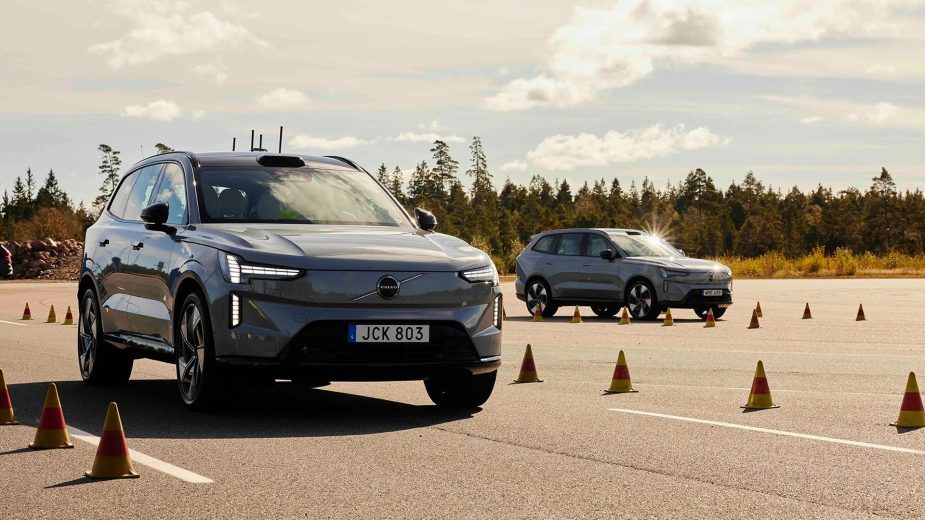
Imagine standing in front of an enormous haystack that stretches as far as the eye can see. Somewhere within this vast sea of straw lies a single, tiny needle – a crucial piece of information that could transform everything for you.
To find it, you realize it’s not enough to call in family, friends, and relatives. Deep down, you know that locating that needle will require something more than endless manual sifting. The frustration grows until you finally decide to skip the whole project.
Then, a friend introduces you to a solution: a seemingly tireless assistant with unbelievably perceptive powers – a superhero who doesn’t eat, sleep, or tell you about their weekend renovating the bathroom. This assistant is equipped with a terrifying magnet that will be used to scan the haystack and attract the needle. And there’s more. Not only will it find the needle, but it will also, your friend claims, uncover hidden treasures within the haystack – good stuff you never even knew was there.
AI is our magnet. It’s the tool we use to sift through impossible amounts of sensor data to extract the juicy bits needed to train our software. It’s what allows us to learn from what happens on real roads, with real cars, in real traffic. Without AI, our efforts to make cars drive safer than humans would be, uhm, challenging.
But sensors, data, and AI are not the whole story. Far from it.
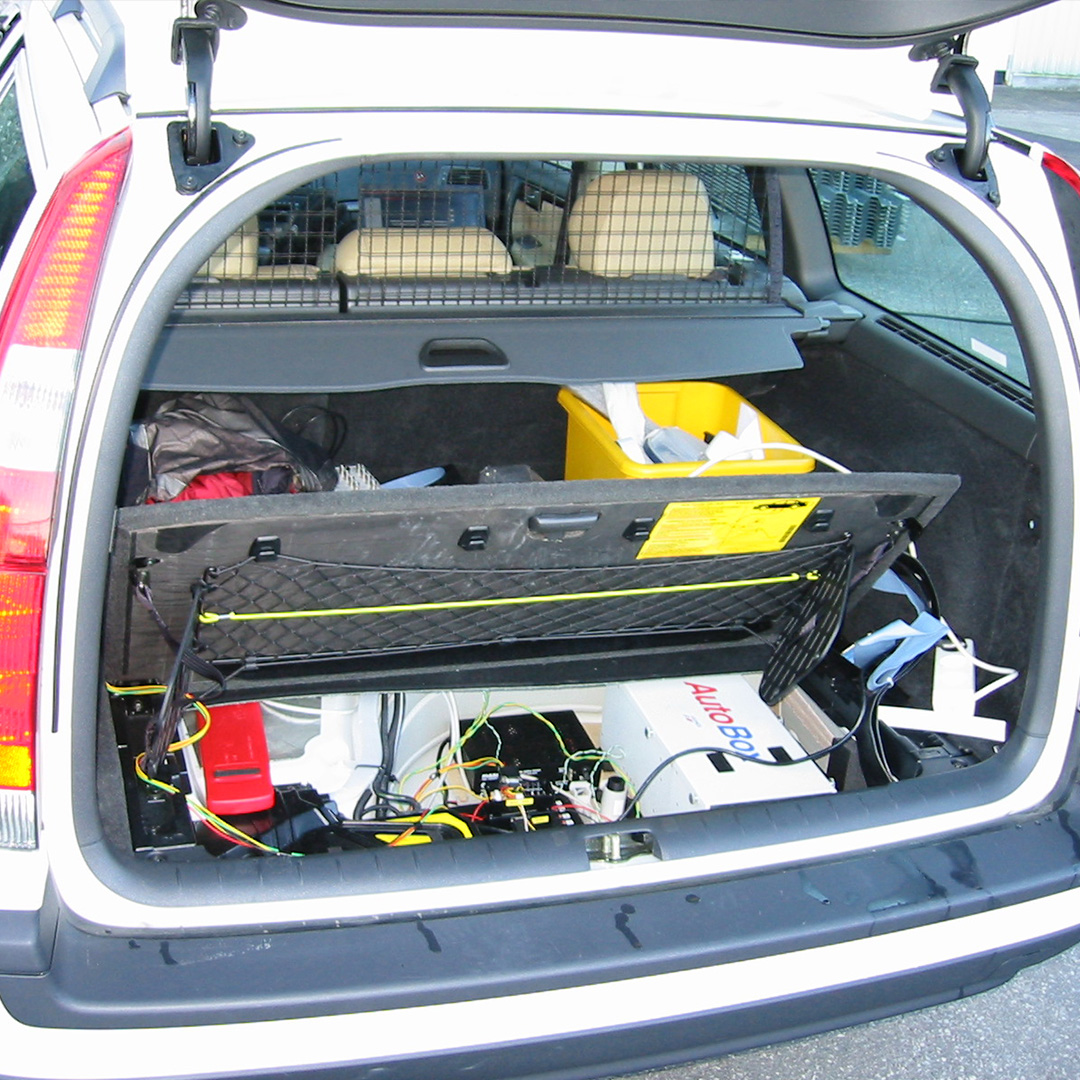
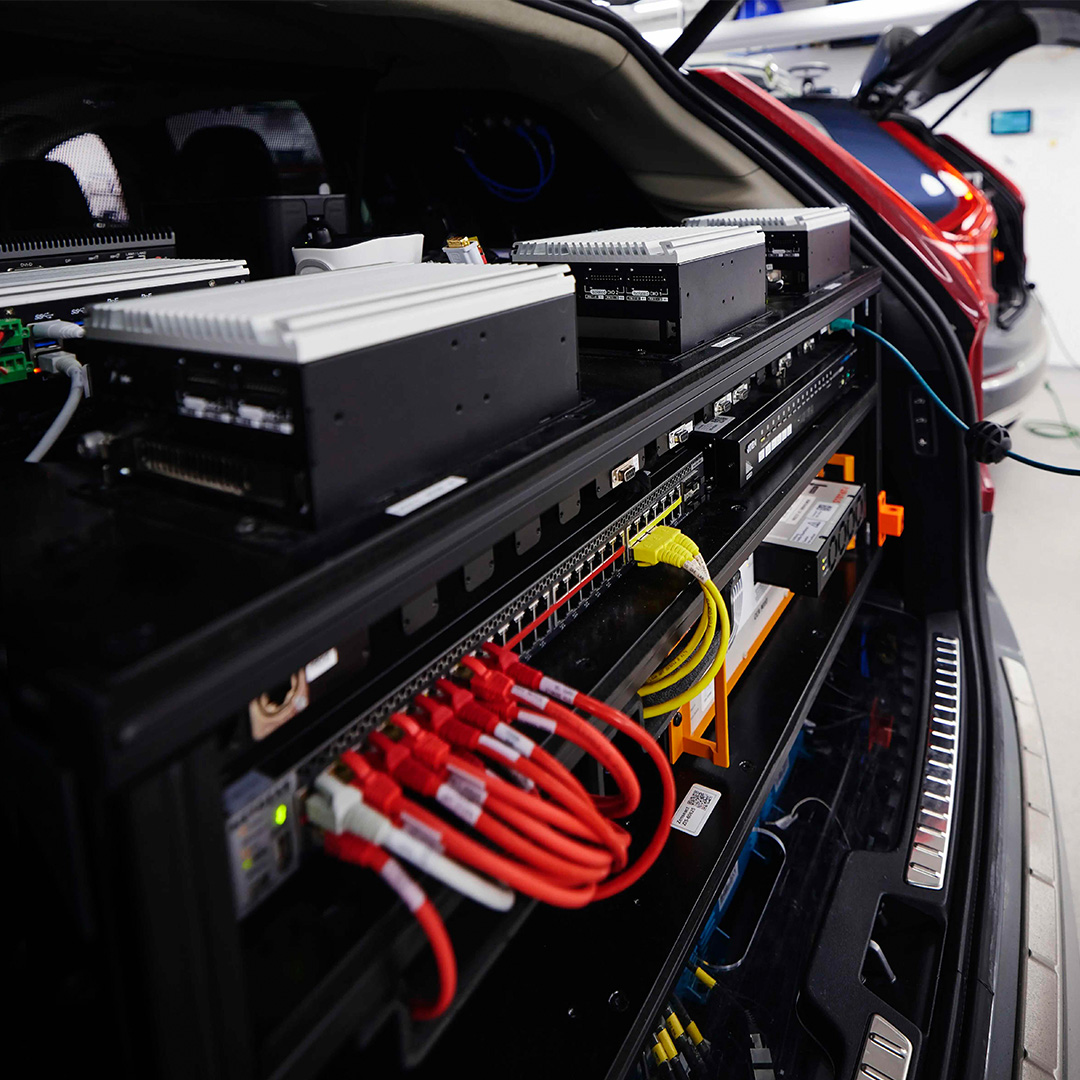
Airbags aren’t enough.
The idea of using a relentless, brainy assistant to do your dirty work is promising, so you give it a shot. But as you watch it get to work, a thought crosses your mind: How will it recognize those hidden treasures and not just pick up anything magnetic? How will it even know where to start? Can it be instructed to be more effective?
You quickly realize that while your servant is pleasantly independent, it needs guidance. It must be told where to begin and what treasures are worth finding. This requires your own deep knowledge of hay – the kind of insights you get from years of farming experience. You remember the old methods, analyzing the texture of the straw, understanding the patterns of how it was piled, and knowing where needles might typically be hidden based on previous discoveries.
This is where people like Jonas Ekmark come in – people who bring the domain expertise needed to help put those fancy tools to use.
His journey to becoming Head of Technology and Collaboration at Zenseact starts, more or less by chance, in the field of accidentology. With a Master of Science in Engineering from Chalmers University of Technology, he landed a job at SAAB, where he spent time figuring out the causes of car collisions and understanding their effects.
Jonas had applied for a job as an electronics or software developer, but the hiring manager mistook him for a mechanical engineer. Thus, he wanted Jonas to work on testing safety performance. That’s a little bit like asking a software architect to install cables because someone assumes all tech jobs involve wiring. Although it may not have been the perfect fit, it did provide an opportunity for Jonas to familiarize himself with how people get injured in traffic.
In hindsight, it was a blessing in disguise.
“I started conducting investigations, which involved examining vehicles that had been in accidents where the occupants were injured or killed. We measured deformations, tried to reconstruct the events, and reviewed hospital records. The goal was to understand injury mechanisms. It was a special experience driving to a scrapyard somewhere in Sweden, asking them to uncover the wrecked car and start measuring and taking notes.”
Often, there were clear traces of the incident, and the grimness of visiting crash sites soon began taking its toll on Jonas. The most severe accidents were head-on collisions or high-speed run-offs, where the person would be, if they survived at all, severely injured and the car totaled. The cause was sometimes drunk driving, conscious risk-taking, or just a few moments of distraction.
It became evident that a sturdier car or even more airbags couldn’t fully counteract such a force. Jonas realized that the best way – perhaps the only way sometimes – to prevent severe injuries was to avoid the collision altogether.
A truism? Of course. But still, back then, the idea of having a car automatically avoid a crash was a fantasy to many. But not to Jonas.
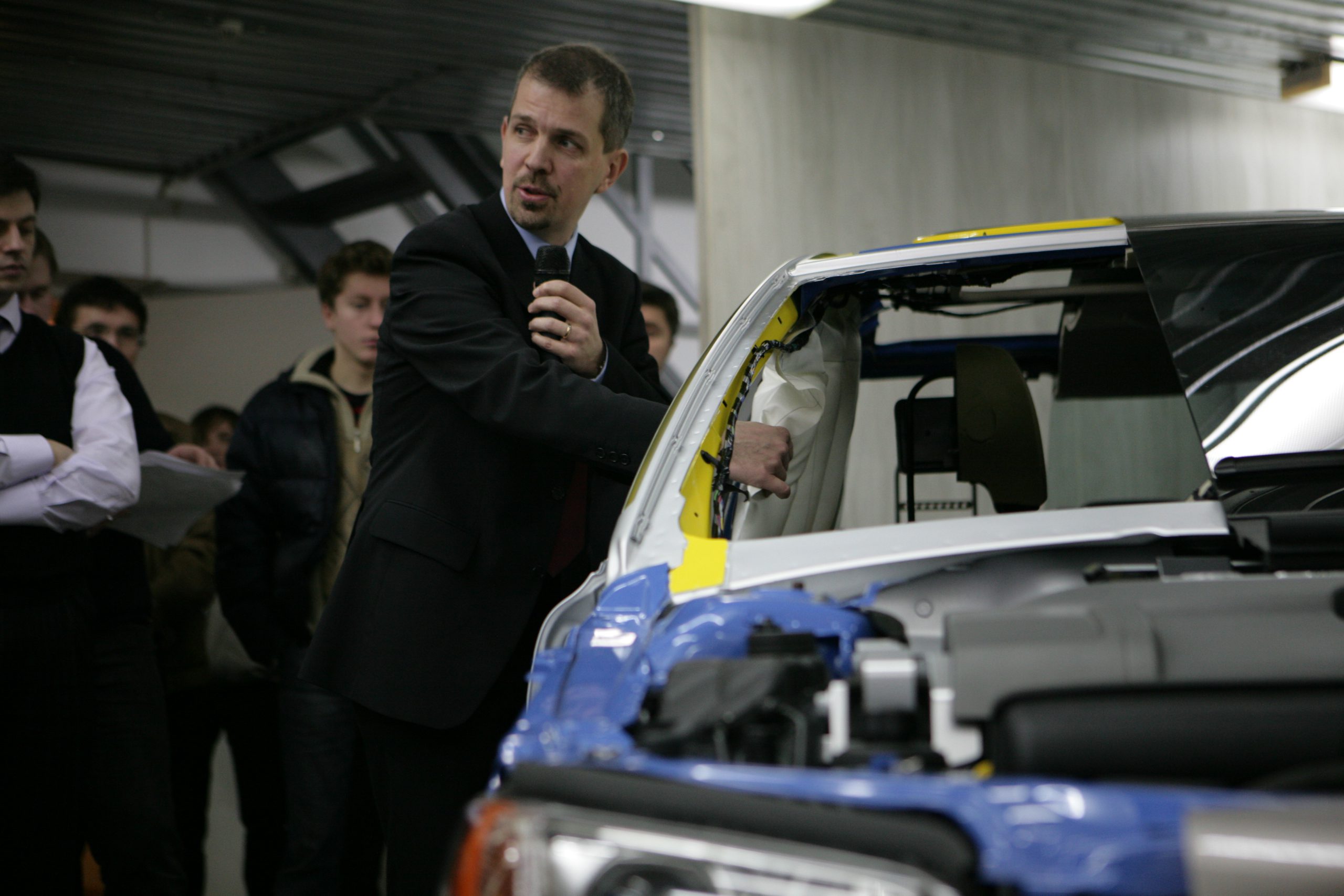
“I felt a powerful urge to develop systems that could help drivers avoid accidents. As a bonus, this would involve an interesting technical challenge as I would get to apply mechanics, electronics, and software. So, I requested a transfer to the department that worked on steering, brakes, and suspension. There, it felt possible to make a difference.”
Jonas worked with active suspension and anti-spin systems for a few years, getting a valuable education on how cars work, including the interaction between the tire’s contact surface and the road.
The work, however, didn’t get him exactly where he wanted to be. Progress was slow.
How do I turn this thing off?
In the mid-90s, Volvo Cars were looking for engineers. Among other things, they wanted someone who could lead the implementation of a stability control system, which was at the absolute forefront of technology then.
Stability control technology (generally known as Electronic Stability Control, ESC) was yet to be widely available in cars. But development was underway in Germany at companies like Bosch and other suppliers of anti-lock braking systems (ABS). Porsche, for instance, had patented an early concept related to ABS in the 1970s to improve vehicle stability.
For many engineers, this was the coolest thing you could do: prevent the car from going off the road through a mechatronic system that automatically braked individual wheels. For Jonas, it was the perfect fit. He saw an opportunity to continue his work in making cars safer. So he applied for a job as a construction design manager and started at Volvo Cars in December 1994.
“The new technology we worked on was a fantastic combination of mechanics, electronics, and software. It could potentially prevent some of the accidents I had seen the consequences of earlier.”
And the race was on. Mercedes was the first to market its electronic stability control solution (together with Bosch, called ESP, Electronic Stability Program) in 1995, but the Volvo system (DTSC, Dynamic Stability and Traction Control) wasn’t far behind. DTSC was launched in the Volvo S80 in 1998.
Everyone, however, wasn’t so enthusiastic about the new technology.
Even though Volvo had vigorously promoted its system’s impressive ability to improve vehicle stability, it was met with skepticism – severe skepticism. Many car journalists took great pride in their ability to drive fast. Offering them electronic assistance was not appreciated. Unaccustomed to having their driving skills challenged, their first question was usually: How do I turn this thing off?
Despite this profound lack of enthusiasm, Volvo remained confident in the system’s capability. And they got the chance to prove it.
The DTSC was set to be launched on an ice track in northern Finland in 1999. When the driving began, the journalists quickly got used to the system’s extra stability on the slippery tracks. So when they decided to turn it off, they were shocked by how difficult it was to control the car. In some cases, the driver went off the track within seconds, ending up in snowbanks and being towed out. The contrast between on and off was spectacular; the system proved its effectiveness beyond a shadow of a doubt. Even the most seasoned drivers were humbled.
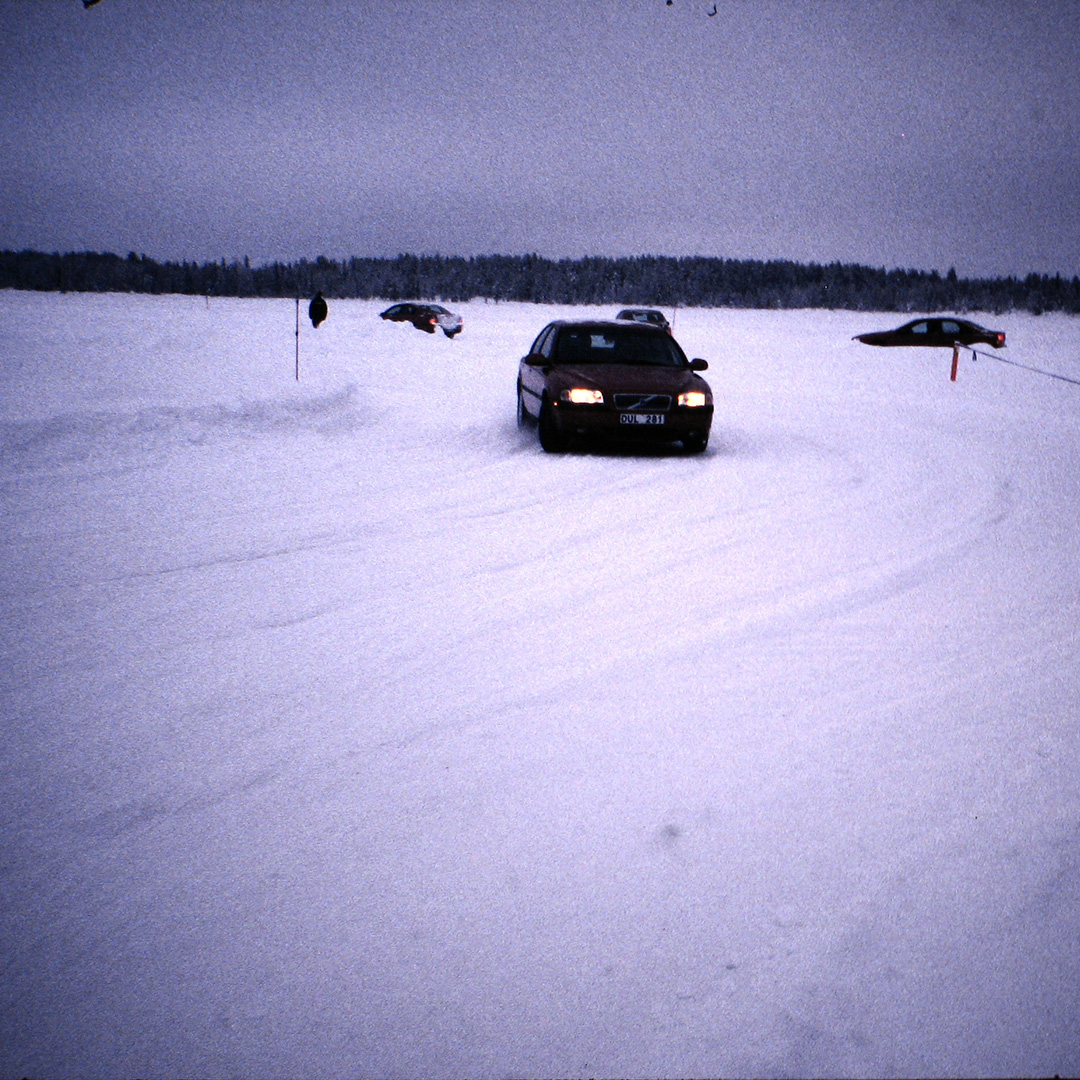


Consequently, the system was well-received also in the market. After a few years, the statistics showed that Volvo cars with DSTC reduced the risk of severe run-off accidents by at least 30 %. A few years later, more significant effects were seen on vehicles with a high center of gravity, typically SUVs in the US. Reports indicated a 70-80 % reduction in severe rollover/run-off accidents.
Electronic Stability Control has been required for all new passenger vehicles in various regions at different times. In the United States, ESC became mandatory for all new cars starting with the 2012 model year. In the European Union, ESC became compulsory for new cars on November 1, 2011, and all newly registered cars on November 1, 2014. When all automobiles in the US are equipped with ESC, about 10,000 lives per year can be saved. The potential is slightly less in the EU but still amounts to thousands of yearly deaths.
“Imagine 20 people a day or more who can go on with their lives instead of the opposite, and perhaps a few hundred who avoid being seriously injured! The development, market acceptance, and ultimately mandating of electronic stability systems, which have significantly reduced severe accidents, show that despite distrust at first, active safety features can truly improve car safety,“ Jonas reflects. “It makes me happy to have been a part of this development.”
Just as losses in road traffic would have been much higher if anti-skid systems had not become standard, future advancements in car safety technology will likely demonstrate their value through substantial improvements in accident statistics, reinforcing the importance of embracing new technologies.
It’s not about being first. It’s about being safe.
After working with anti-skidding, Jonas moved on. The next challenge was considering whether cars could be designed to brake automatically before a collision to reduce collision force. It wasn’t his idea; he had read about a Japanese government research program (Advanced Safety Vehicle Phase 2) investigating the possibility.
Inspired by the activities of the Japanese, Volvo Cars/Ford started their internal projects. They also initiated an industrial PhD project on effective threat assessment and decision-making for pre-collision braking systems.
At that time – this was 2000–2001 – the concept of active safety was being discussed intensively. However, along with creative suggestions around advanced safety features, there was a great deal of resistance toward the idea – reasoning one might perceive in retrospect as strange.
For instance, when Jonas and a bunch of other optimistic innovators pitched their idea for auto-braking technology, they didn’t exactly receive the endorsement they wanted. No!? Surely it’s impossible to determine if you’ll crash before it happens? Another widespread misconception was that braking before a collision would only cause your car more damage. Every cab driver knows it’s better to accelerate if you are going to collide!

In retrospect, these objections may seem odd, although there might have been a grain of truth to a few others. For example, some argued that seatbelts and airbags would not be as effective if braking affected the impact of a collision. The most sensible concern aired almost 25 years ago was, perhaps, that if cars can automatically avoid collisions, people might become less cautious and, therefore, worse drivers. And as we see today, the growing number of automated features has actually caused problems with increased driver inattention.
In any case, the idea that cars could drive safer than humans seemed absurd at the time. Skeptics compared computerizing safety-critical systems to the unreliability of personal computers. Still, while only a few believed in the benefits of pre-collision braking, it later became a reality.
“Proposals for change are always met with backlash,” Jonas concludes. “Sometimes they’re justified, but often, they delay something that will inevitably happen. Then, when you succeed, the critics are nowhere to be seen. We are now in a situation where Automatic Emergency Braking will soon be legislated in both the EU and the US precisely because the benefit is obvious and the cost relatively small.”
The revolution of advanced driver assistance systems (ADAS or Active Safety) eventually brought innovations like lane departure warnings, adaptive cruise control, and blind-spot detection. These systems not only made cars safer but also set the stage for fully autonomous driving technology. And with so many driving tasks automated, why is achieving full automation so challenging?
From a responsibility standpoint, the distinction is clear. When a human is always present to assume control, the system doesn’t have to take responsibility for unusual situations. In fact, such a system is designed to allow us to take certain risks, like breaking traffic rules to make way for an ambulance. When it gets challenging, we simply take over.
However, an unsupervised solution must manage those situations on its own – or any other traffic situation it can get itself into. Moreover, an unsupervised system decides what is safe to do now and in the future – it is, in a sense, proactive – while the more reactive ADAS determines that something unsafe has already occurred and tries to make the best of the situation.
So, while the level of automation is a significant factor, the critical distinction between advanced driver assistance systems and autonomous driving lies in the degree of human intervention required – the overall control of the vehicle. Autonomous driving thus marks a significant leap from ADAS by shifting the responsibility of driving from humans to technology.
In addition to the significant strategic consequences of pursuing a fully automated, unsupervised solution, such an endeavor also faces scrutiny, restrictions, and generally collective frowning. Considering the skepticism that has preceded nearly every other technological innovation in car safety – when seatbelts were first introduced in the 1950s-60s, popular opinion held that they were uncomfortable, unnecessary, and unsafe; history repeated itself when airbags came to market – how could relying on AI and asking people to let go of the wheel be any different? Also, taking into account the number of accidents involving prematurely released technology, a dose of healthy skepticism is warranted.
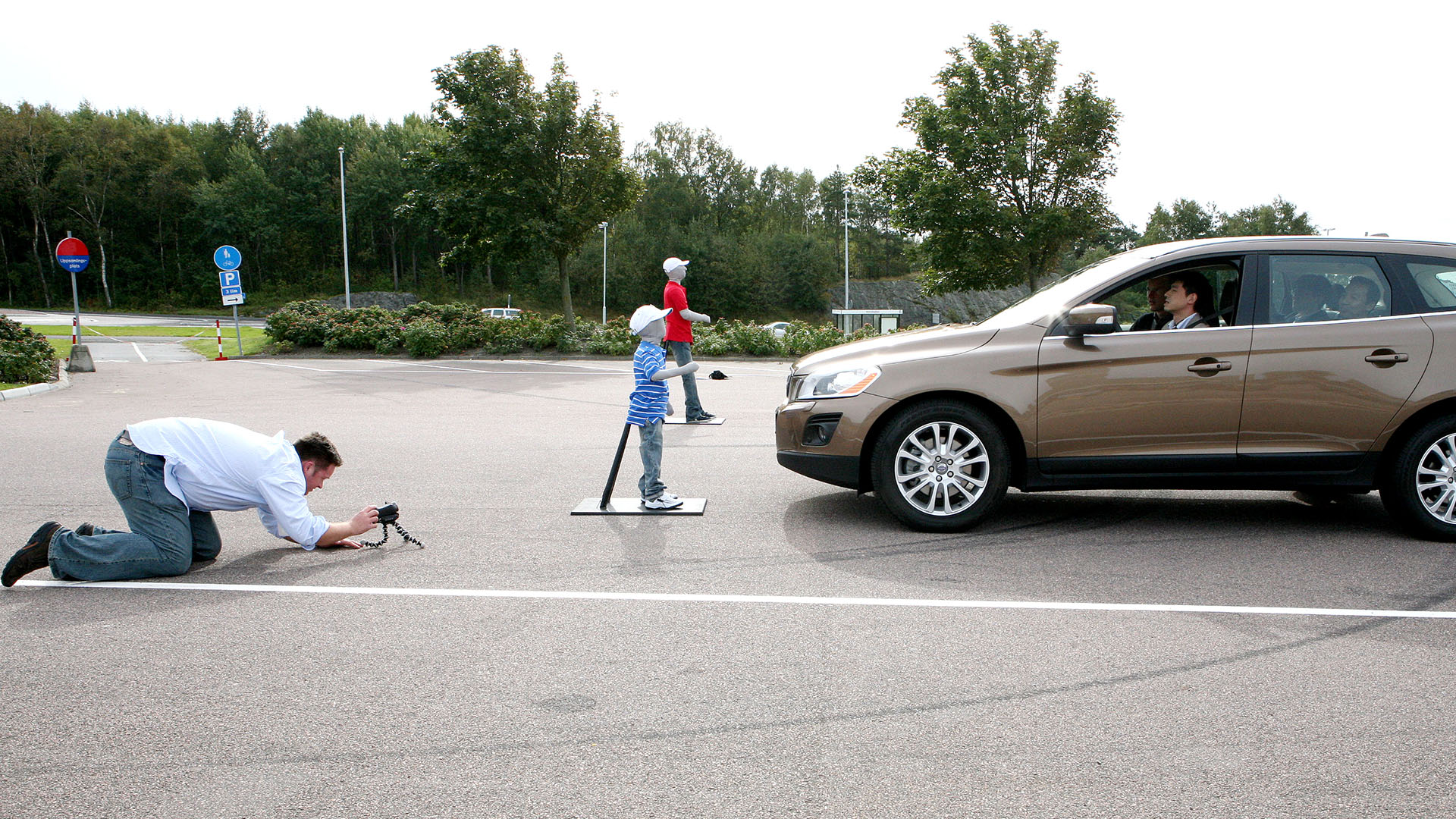
Gradual acceptance is the key, as is a thorough and systematic approach to developing advanced safety technology. Despite its modest pace, the progress made in autonomous driving technology is actually quite remarkable. Each step forward represents a significant achievement in making vehicles safer and more reliable. Of course, time will tell. However, it seems reasonable to assume that autonomous driving will be one of the most critical milestones in car safety ever.
Attentive, empirical, and perpetually innovative
The forensic analysis of traffic accidents, including the study of car wrecks and hospital records, has provided invaluable insights into real-world crash dynamics. Understanding the implications of road surfaces, measuring distances, and interpreting brake patterns from accident scenes has been essential for developing car safety technology. ADAS has transformed car safety by introducing features that could actively prevent accidents rather than just mitigate their effects.
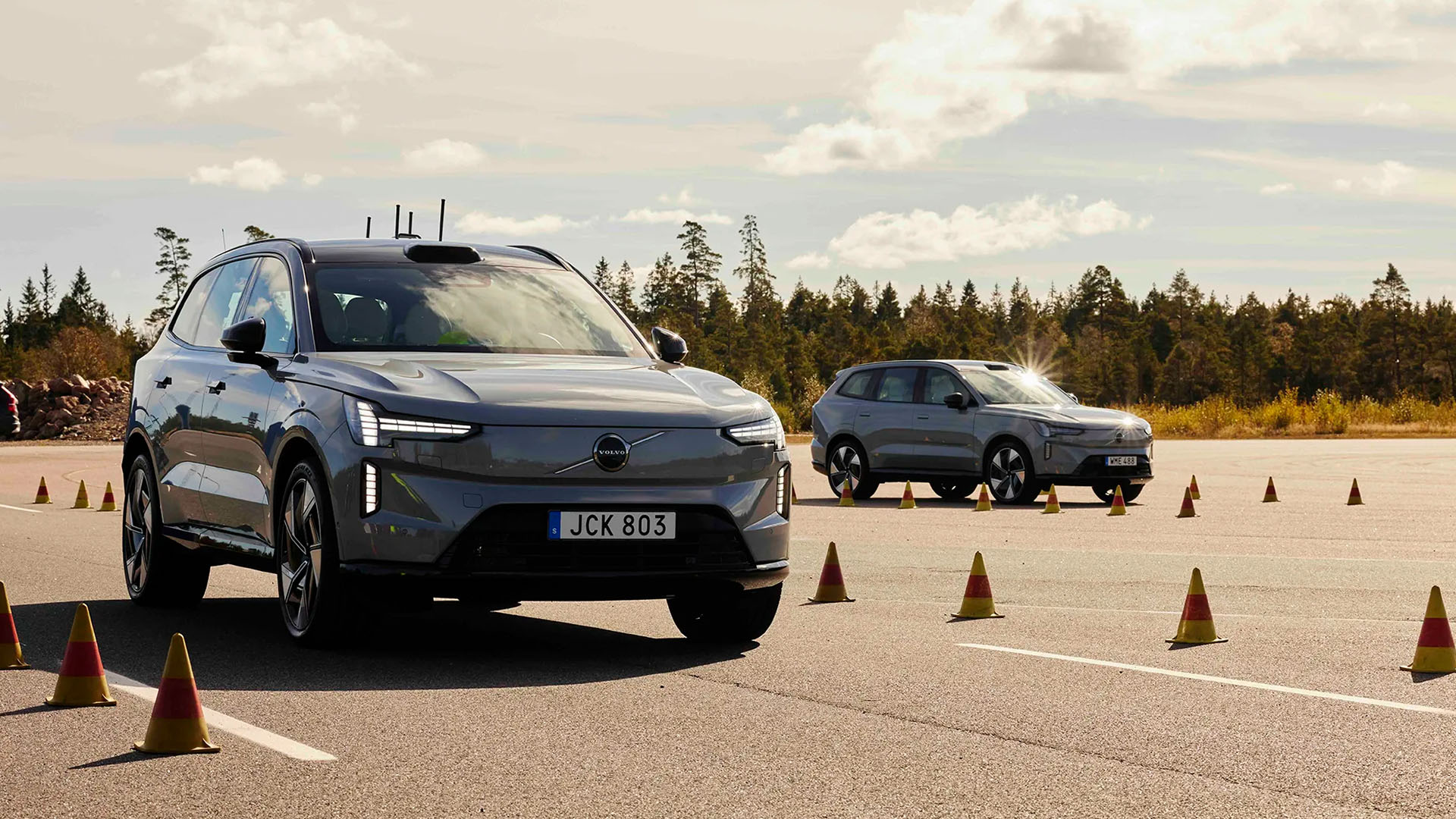
Electronic stability control is, as we’ve already seen, a major lifesaver. Automatic emergency braking eliminates approximately half of car-car collisions that would otherwise injure people and a third of pedestrian collisions. Rear automatic emergency braking eliminates 80% of backing accidents. Especially in the US, these have been a significant and highly tragic problem. A typical case involves parents backing over their children in the driveway.
In combination with other advancements in road safety, such as better roads, speed monitoring, and traffic management systems, advanced driver support has saved countless lives over the years.
“It’s reassuring that so many accidents can be avoided. And quite frankly, it’s all a success in slow motion. Traffic deaths in the EU have decreased from approximately 50,000 20 years ago to approximately 20,000 today. This means we are more than halfway to the goal! And since every software update can potentially make cars safer, our motto ‘Towards zero faster’ is very relevant. More so than ever.“
The last stretch of our data-driven journey will be long, winding, and filled with unknowns. Still, every success, no matter how gradual, brings us closer to the ultimate goal of unsupervised automation – because that will make cars even safer.
The advancements made so far are a testament to the value of patience, diligence, and a systematic approach to pursuing innovation. While AI is an indispensable tool for us, the knowledge derived from years of forensic analyses, investigations, and research guides us in maximizing its potential. The synergy between cutting-edge software development and traditional traffic accident expertise is needed to create reliable automation. Understanding the interplay between conventional expertise and AI innovation is essential, not least when fine-tuning the driver-car collaboration.
This is Zenseact’s strength and contribution to Volvo Cars’ safety legacy: The big brand puts cars on the roads. Zenseact and the Volvo team get the traffic data from these cars and use AI to turn it into insights. Then, those insights are used to update the software. Finally, the new and improved version is uploaded back to the cars to make driving even more comfortable and safer for everyone on the road. Then we do it all over again. The strategy is straightforward: to be customer-centric, data-driven, and perpetually innovative.

“Although the unknown is scary, we have not wavered from our belief that safety lies in automation. In software. As a company, we’ve just hit a milestone by delivering the complete safety software stack to Volvo Cars. Our perception stack is world-class, and now there are cars out there using our product. It’s quite amazing. This also means the product can only get better. Now the fun begins.”
After bringing so much to the table, Jonas has earned the right to be proud. He was there for the shift from passive to active safety, which marked a significant revolution in automotive technology. He was there for the first step towards self-driving technology. He’s here to oversee the future of the software-defined driving experience. And it has always been about safety – from the ground up.
